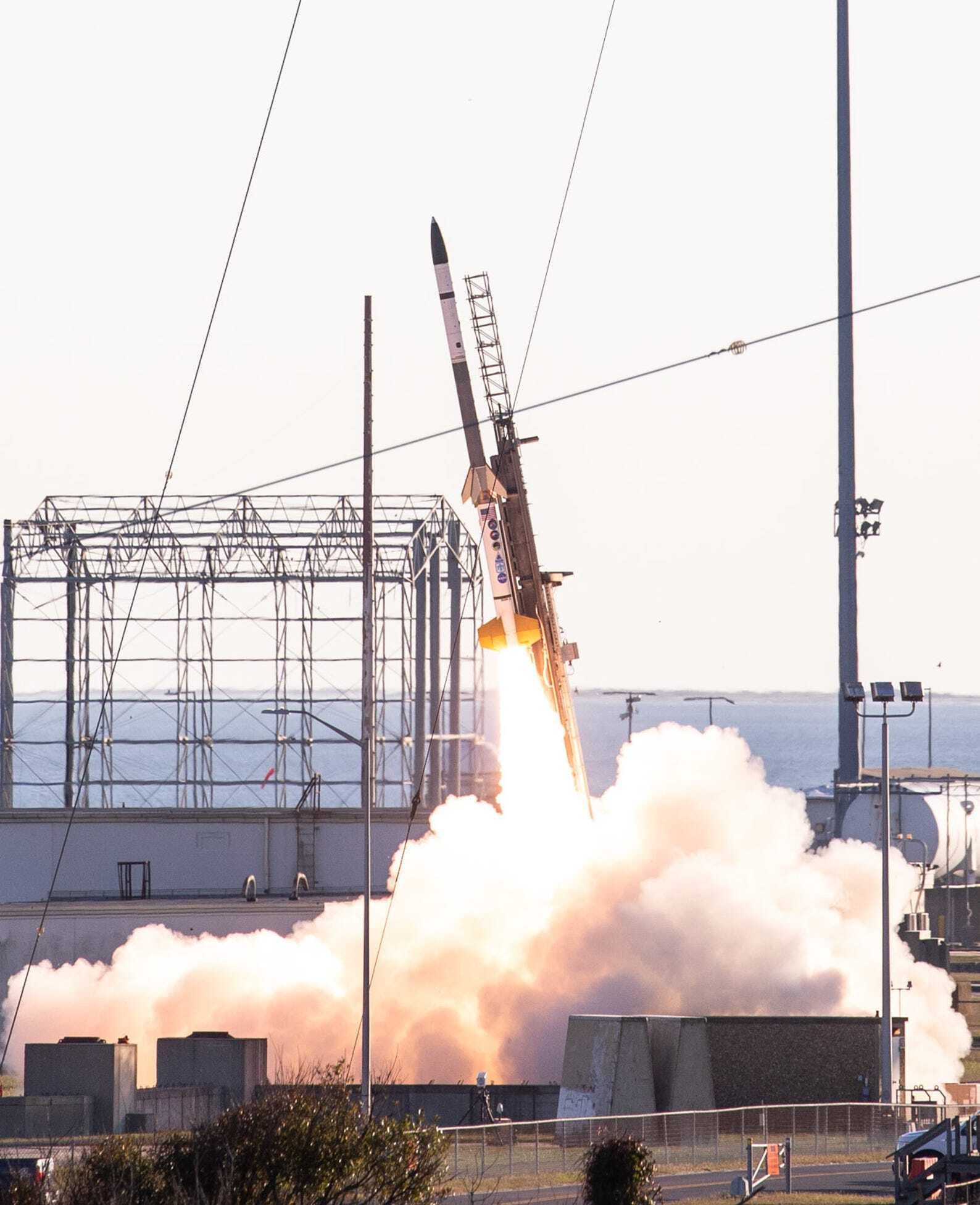8.03.2023

A hypersonic test missile is seen launching from NASA's Wallops Island, Virginia, facility in October 2021.
A Department of Defense missile test set to fly from Cape Canaveral Space Force Station over the weekend was scrubbed, but not before it generated buzz around the Space Coast.
The Army and Navy were planning on launching a hypersonic missile from the Cape on Sunday, but pre-launch checks forced teams to stand down from the attempt, the Office of the Secretary of Defense told FLORIDA TODAY. Warnings issued by the Federal Aviation Administration and National Geospatial-Intelligence Agency last week were the first signs of a mysterious flight, but none of the active launch providers – NASA, SpaceX, and United Launch Alliance – had any scheduled missions.
"On March 5, the Department of Defense planned to conduct a flight test from Cape Canaveral Space Force Station to inform the department's hypersonic technology development," the OSD said. "As a result of pre-flight checks, the test did not occur. Delivering hypersonic weapons remains a top priority for the Department of Defense."
A date for the next attempt was not made available, but it likely will not be soon given the cadence of rockets launching from Cape Canaveral and Kennedy Space Center.
Due to security concerns, the Secretary of Defense's office was also unable to confirm the exact type of hypersonic system deployed for the Cape test. The Army, however, has been testing its Long-Range Hypersonic Weapon system, or LRHW, at sites across the country for several years.
True hypersonic weapons have been in development – and highly sought after – for decades. They typically fly at least five times the speed of sound (or at least 1 mile per second), are maneuverable, and can bypass traditional defense systems due to their shifting trajectories and high speeds. The U.S., Russia, and China are all pursuing hypersonic weapons.
The Naval Ordnance Test Unit based at Port Canaveral also conducts missile tests, but those are usually launched from submarines at sea. While ballistic missiles also travel at hypersonic speeds, they are not as maneuverable as "true" hypersonic weapons. They often follow different trajectories, potentially making them vulnerable to anti-missile defense systems.
At the Cape's Launch Complex 16, meanwhile, Relativity Space is still targeting Wednesday, March 8, for the debut launch of its 3D-printed Terran 1 rocket. Teams are targeting a three-hour window that opens at 1 p.m. EST, and weather is still 90% "go" for the attempt.
Quelle:Florida Today
